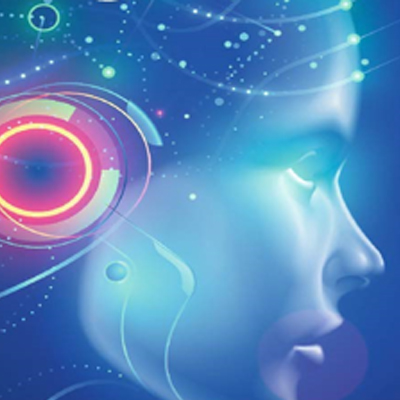EASA Expert Group: digitalization, AI, and societal impact

All claims expressed in this article are solely those of the authors and do not necessarily represent those of their affiliated organizations, or those of the publisher, the editors and the reviewers. Any product that may be evaluated in this article or claim that may be made by its manufacturer is not guaranteed or endorsed by the publisher.
Klaus Mainzer (President)
Prof. Dr. Marco Aiello; VIPhD, MBA, Thomas Beyer II; Prof. Dr. Humberto Bustince, VI;Prof. Dr. Carlucci Aiello Luigia, VI; Prof. Tiziana Catarci, VI; Prof. Dr. C.L. Phillip Chen, VI; Prof. Dr.hab. Krzysztof Cios, VI; Prof. Ophir Frieder, VI; Prof. Giovanna Guidoboni PhD, VI; Prof. Dr. Dr. Ulrich Hemel, VII; Prof. Dr. Peter Herrmann, V; Prof. Dr Sabine T. Köszegi, V; Prof. Georgios Kouroupetroglou, VI;Prof. Ioannis Liritzis, IV; Prof. Gilles Lubineau, VI; Prof. Elpida Keravou-Papailiou;Prof. Dr. Matilde Santos, VI; Prof. Dr. rer.nat. habil. Jürgen Schmidhuber, VI; Prof. Dr. Bernhard Schölkopf, IV; Prof. Dr. Siegfried Selberherr, VI; Prof. Giancarlo Elia Valori, V; Prof. Kun Yang, VI.
How to Cite

This work is licensed under a Creative Commons Attribution-NonCommercial 4.0 International License.
Copyright (c) 2023 The Author(s)
PAGEPress has chosen to apply the Creative Commons Attribution NonCommercial 4.0 International License (CC BY-NC 4.0) to all manuscripts to be published.

 https://doi.org/10.4081/peasa.7
https://doi.org/10.4081/peasa.7



